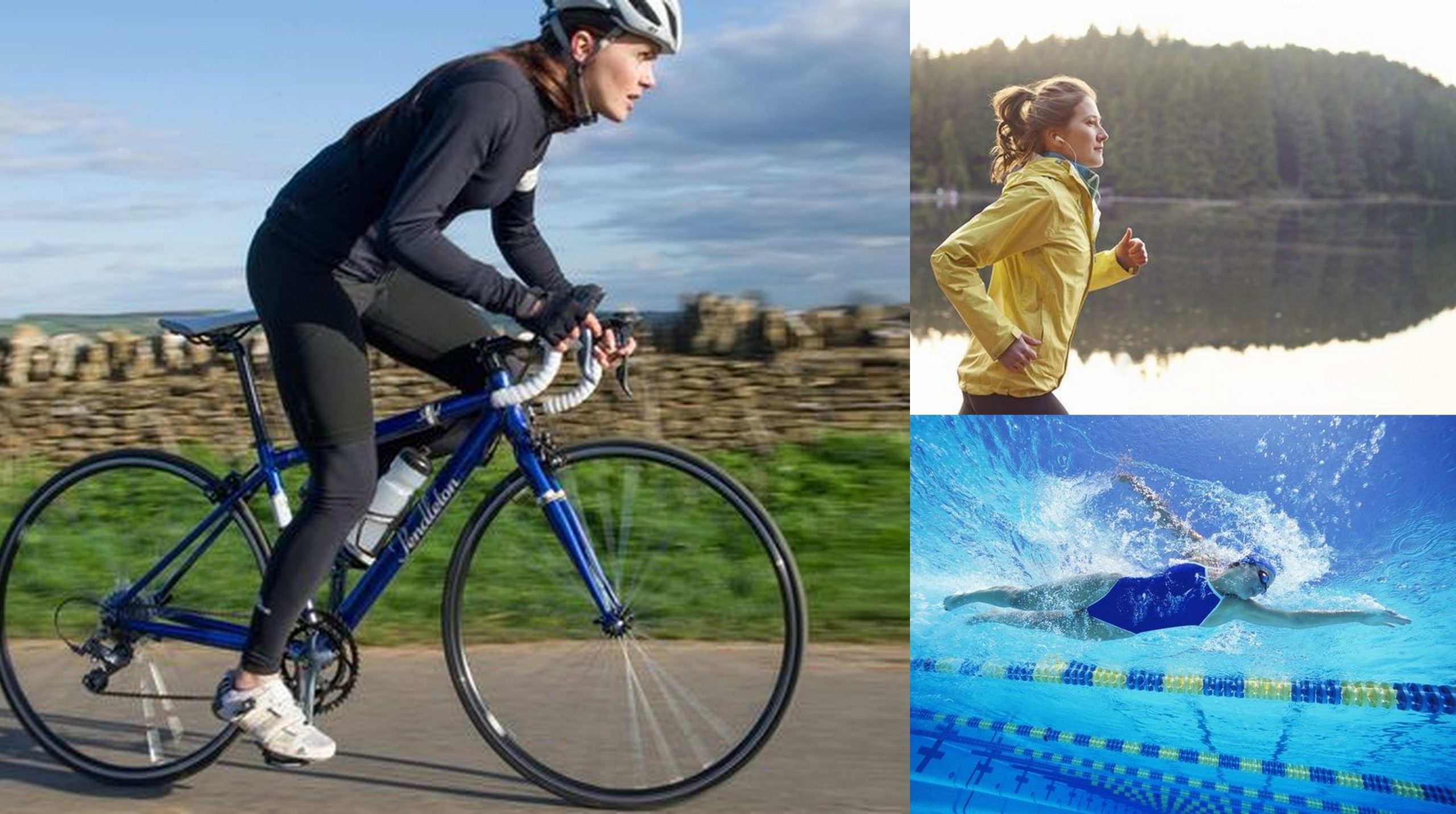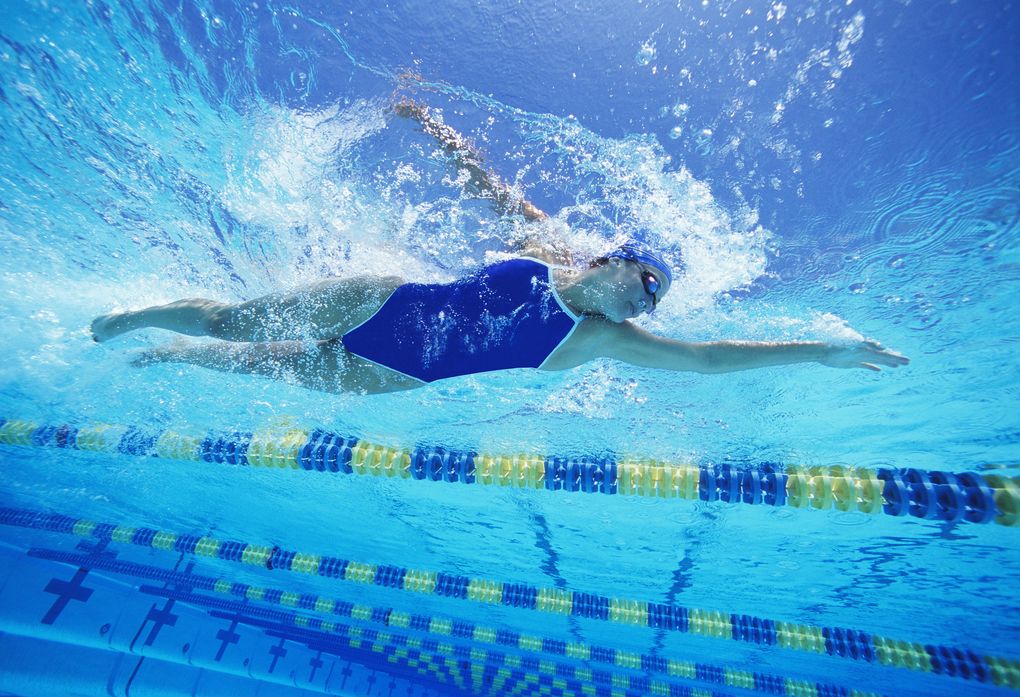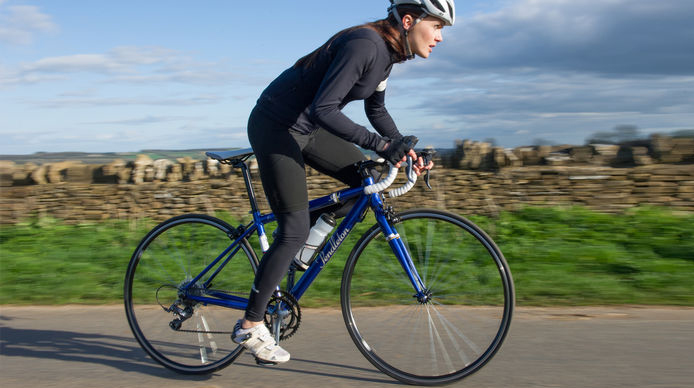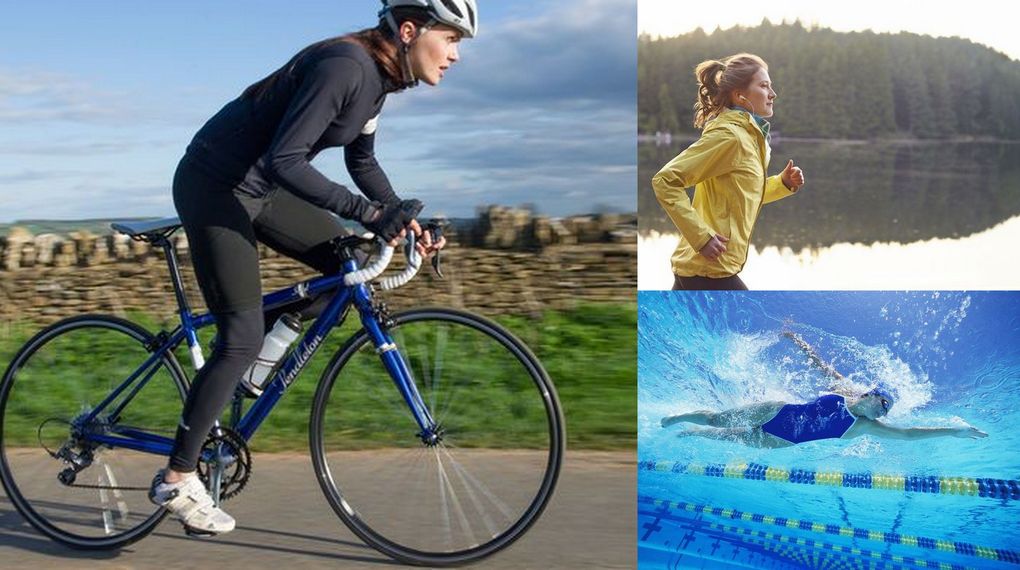We love cycling – and we’d love it even if it burned about as many calories as sitting on the sofa munching chocolate. However, maintaining a healthy weight is important and exercise, along with a healthy diet, is the best way to do that.
The formula for weight loss is simple: you must burn more calories than you consume. However, those looking to lose weight often find themselves unsure where to start – with so many forms of exercise out there, it’s hard to choose.
How to Write a Training Plan You’ll Stick To
Running, cycling and swimming are the three most popular choices of cardiovascular exercise. Though of course we carry just a little bias towards cycling, we can certainly see the benefits to the others.
Here’s a look at the pros and cons, plus the calorie burn of each*…
Running

Running is very accessible – all you need is a pair of trainers, some comfortable leggings, a good sports bra and some empty streets, or better still, fields.
Because it’s weight bearing, running absolutely torches calories. Calorie burn will vary between individuals, but a woman of around 60 kg will burn 472 calories an hour when running at a moderate 12 minute mile pace, and this increases with intensity:
- Running 12 minute miles – 472 calorie/hour
- Running 10 minute miles – 590 calorie/hour
- Running 8 minute miles – 797 calorie/hour
- Running 7 minute miles – 826 calorie/hour
- Running 6 minute miles – 944 calorie/hour
Being weight bearing, running is also good for building up bone strength, which can help protect against Osteoporosis later in life – a concern both for women and for cyclists who typically spend most of their exercising hours seated.
Most people find their heart rate shoots up pretty quickly when running, and it certainly gives the cardiovascular system a good pounding.
The downside with running is its high rate of injury. Every step sends vibration through your body, and problems with the feet, calfs, hamstrings, IT band and glutes are far from uncommon.
Most of these injuries are caused by overuse – asking muscles that aren’t used to running to do too much, too soon. This can be avoided by building up slowly – either with one run a week alongside other exercise or switching between running and walking whilst gradually building up the running portion. Sticking to soft surfaces – grass and mud – is also advised as this will put less stress on your limbs.
The risk of developing an injury is also greater if you currently possess less muscle mass and more body fat. Therefore, it’s not recommended for people who are overweight -it’s best to start with swimming or cycling and then add in running once you’ve reached a lighter weight.
To recap…
Pros:
- Simple, little equipment required
- Burns calories
- Strengthens bones as well as muscles
Cons:
- Easy to get injured if you don’t build up slowly





